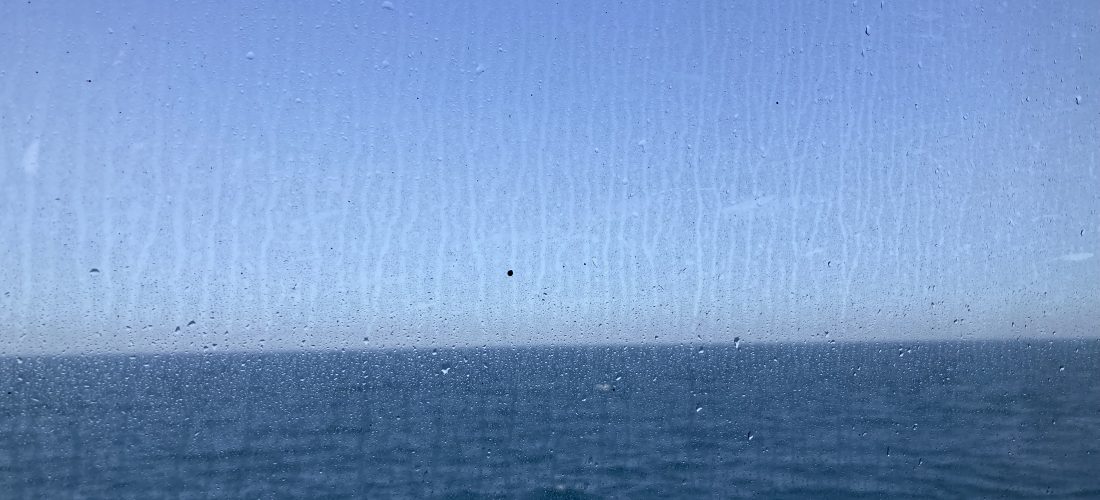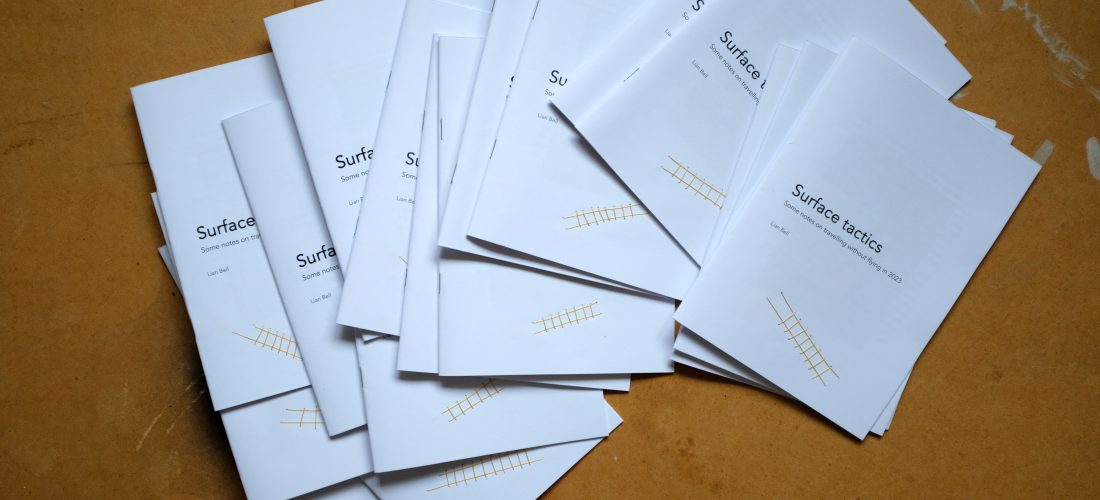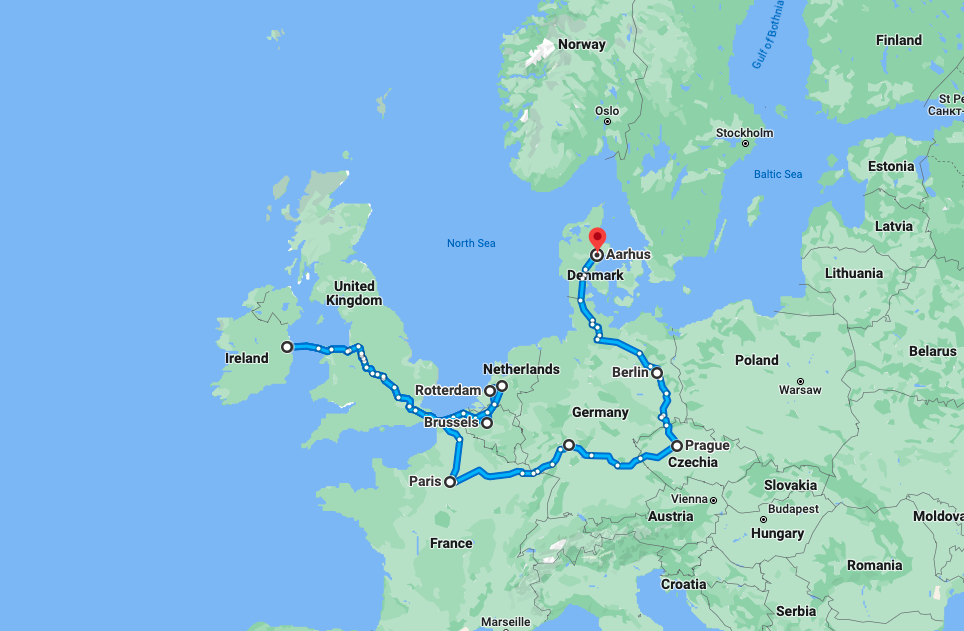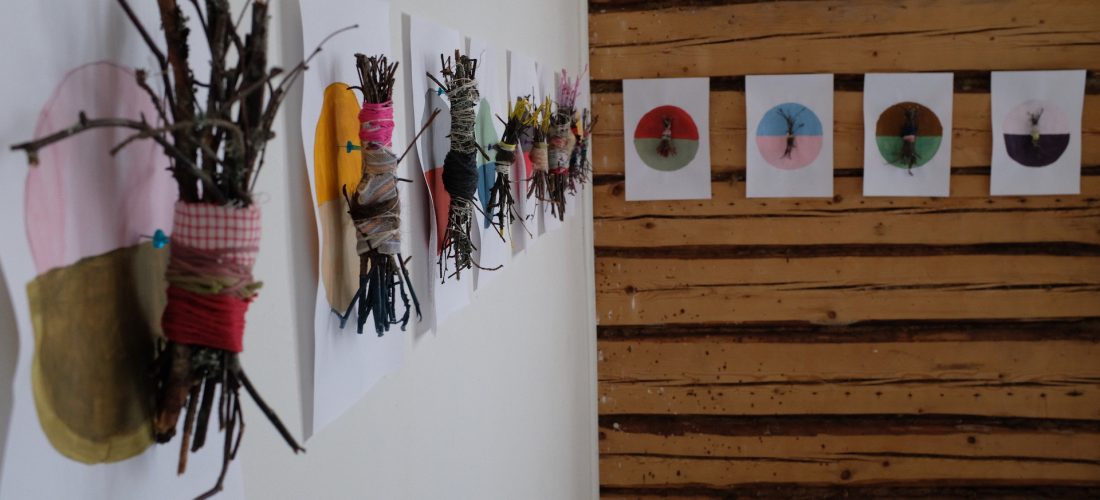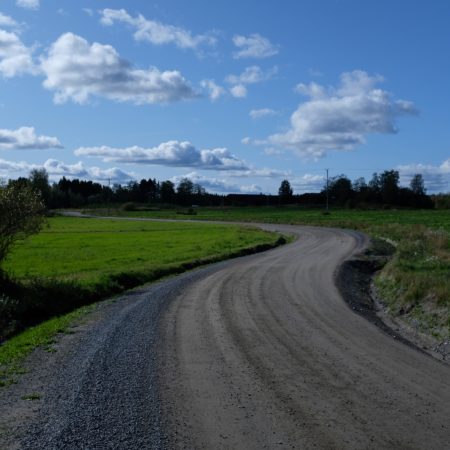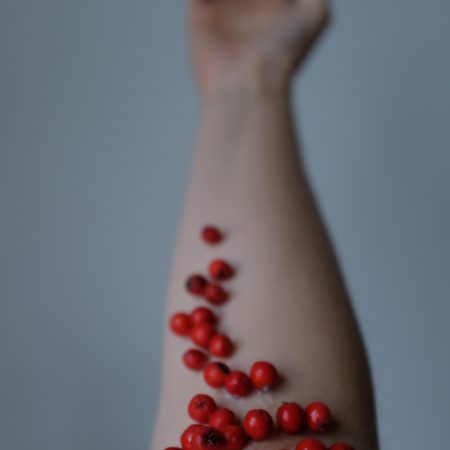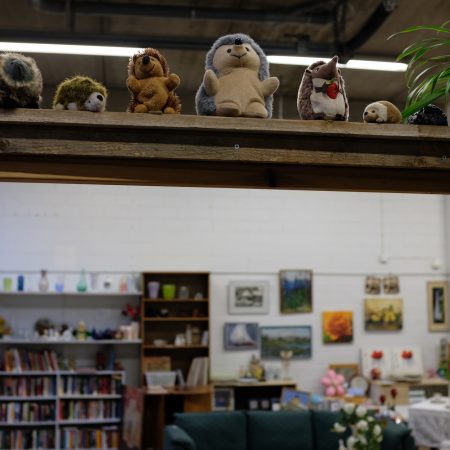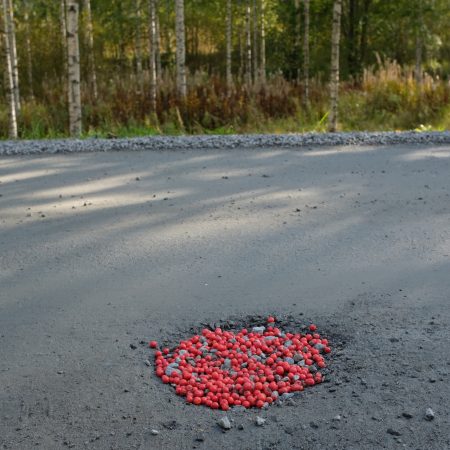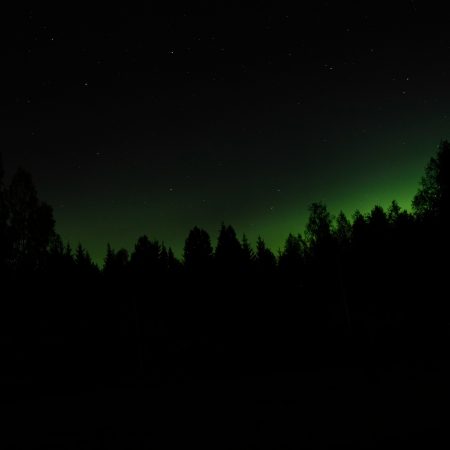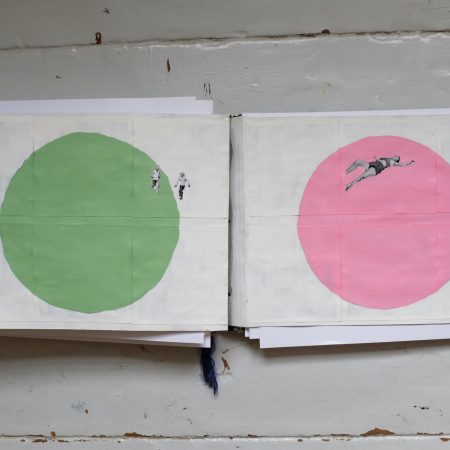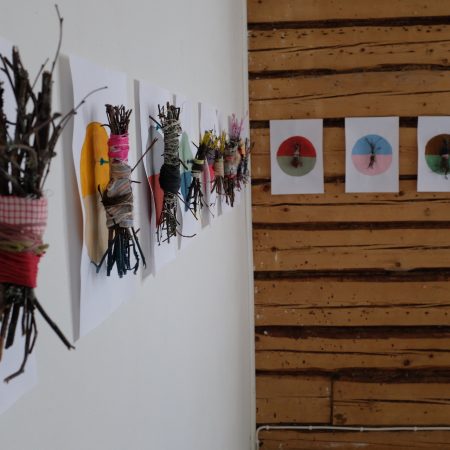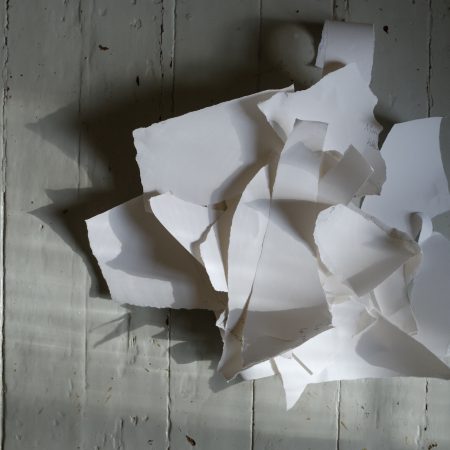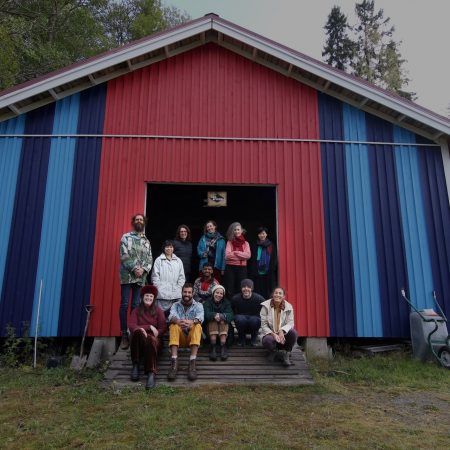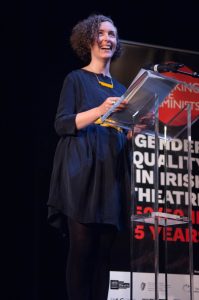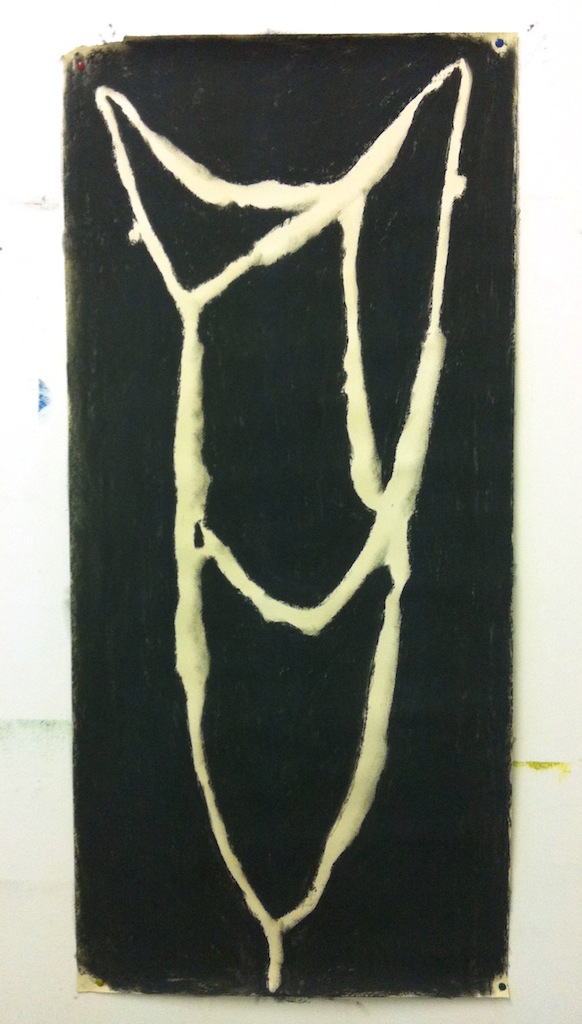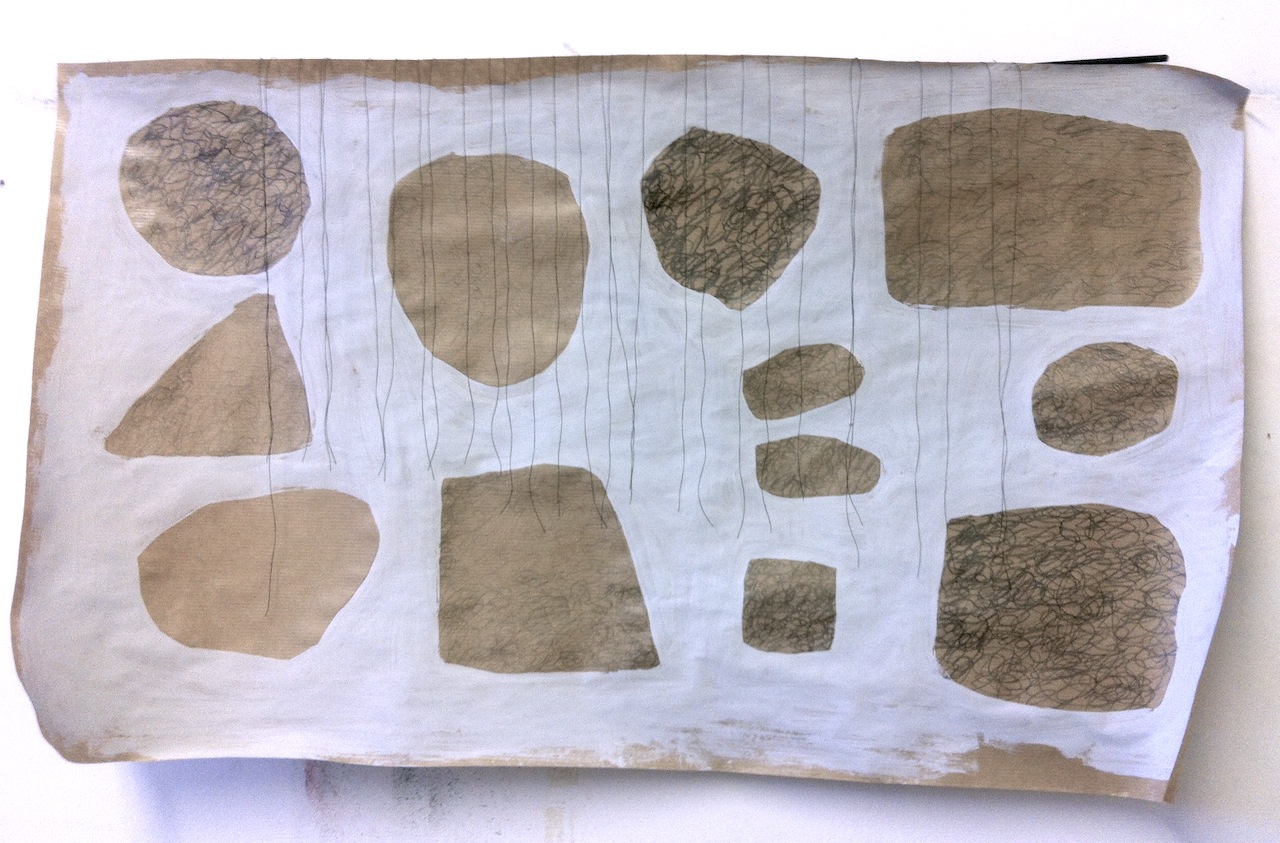After reading my thoughts about surface travel, a few people have asked about the sail-rail trip to London from Dublin. Here’s some very practical notes from my experience for people who are thinking of giving it a go. I tend to travel on my own, so the notes reflect that.
.
Booking
- There are two companies that run ferries Dublin to Holyhead that give the sail rail option: Irish Ferries and Stena Line. For entirely personal grudge reasons I prefer to sail with Irish Ferries. My friends in London sail with Stena because they say the boats are nicer. They’re wrong.
- Stena calls it Rail & Sail. Irish Ferries calls it Sail & Rail. Essentially you get a very cut price rail ticket to anywhere in the UK alongside your foot passenger ferry ticket to use on the same day as your sailing. Dublin-London on Irish Ferries is about €53 one way. Obviously you can go somewhere other than London – this just the route I know well.
- Neither of the websites make it very easy to book. Stena only takes Rail & Sail bookings over the phone. Irish Ferries website sometimes defaults to just a ferry ticket while you’re booking online. I’ve been caught out a couple of times.
- Having accidentally turned up to the port with just a ferry ticket a couple of times (see above), I’ve converted it to a Sail & Rail ticket at the desk there before checking in. It didn’t cost any more than booking it online.
- Taking the Irish Ferries ferry that leaves around 8am from Dublin Port gets you into London Euston at about 4pm. Coming back you can take a train at about 9am from Euston and (all going well) get in to Dublin Port at around 5.30pm. You can check connecting train times on Trainline.
- There are buses that do the same journey for a bit cheaper. They only do overnights, and only on certain nights of the week. It’s definitely not worth the saving you make.
- I will never take a night sailing if I can help it. It’s beyond grim.
.
Getting to Dublin Port
- I try to remember to check the sailing updates before I travel. If the weather is really bad they might cancel the ferry.
- I usually take a taxi to Dublin Port. There is a bus from the city centre but at that time in the morning I prefer the luxury of paying for more sleep. Just make sure you tell the driver which ferry company you’re sailing with – they leave from different terminals.
- They’ve recently reconfigured the route to the ferry terminals and it now seems like it would be a safer cycle.
- They say to check in at the ferry terminal an hour before. 45 mins and even half an hour seems to be fine.
- As an Irish citizen I think I just need photo ID like a driving licence, though I always take my passport just in case.
.
On the ferry
- There’s two Irish Ferries ferries – the Swift and the Ulysses. There’s an outside deck on the Ulysses for some fresh air. It’s always nice to see the Poolbeg chimneys as you pass.
- I aim to get a comfy bench seat on the ferry where I can settle myself in for the journey. Then I can lie down for a nap if I like. I never sit near the children’s playcentre.
- In the winter the ferry can be cold, so I bring something warm to wear. It can also be noisy, especially if there’s a lot of families travelling with kids, so I pack earplugs.
- I only ever travel with hand luggage that I can carry easily, but you can also check bags in. There’s no liquid restrictions etc. Yay!
- Brexit means duty free on the ferry is back. Also yay!
- The ferry is generally very stable. In bad weather it might roll a little. It never bothers me, but then I don’t ever get travel sick.
.
On the train
- You don’t get a booked seat on the train. So if the train is busy I guess you risk having to stand. That said, I’ve never had to. But I don’t often get a seat at a table. All seats have a little flip down table that fits my laptop.
- You can bring a bike on the sail rail. I’ve never done it but I’ve been told it’s essential to book a train space for the bike. There’s no extra cost but spaces are limited. Also the bike spaces themselves are very confined; a regular bike just fits, though probably not an e-bike. (Thanks Joe Noonan for the info.)
- The train either goes direct or (more likely) there’s a change at Crewe and/or Chester.
- The north coast of Wales is lovely. Sit on the left hand side leaving Holyhead for the best sea views. And the train goes by (and under) the very impressive 750 year old Conwy Castle.
- It also passes through Llanfairpwllgwyngyllgogerychwyrndrobwllllantysiliogogogoch with its suitably long station sign.
- Also it’ll pass over the Bridego bridge, south of Milton Keynes, which is where the Great Train Robbery happened in the 1960s.
.
Doing things and paying for things
- I try to have a plan for LOTS of engaging things to do while I travel. I can’t stress this enough. Work, books, films, podcasts, craft projects, playing cards, etc. The longest journeys are the ones where I’ve ended up scrolling on my phone. They’re painful.
- Beware relying on wifi. On Irish Ferries you get 20 mins free, and you can pay after that. On the trains wifi is free but not very good. I’m with Vodafone and there’s no extra roaming charges for using my phone in the UK (though in the middle of the sea there’s no service so I can’t hotspot anyway). Update: thanks to Sheila de Courcy for noting that there’s an area on the Irish Sea that turned out wasn’t covered by her roaming contract although she got signal. Cue terrifying bill. Be warned.
- There’s sockets for chargers everywhere. Sometimes there’s even wireless charging points built into the tables on the trains.
- I find that having Revolut is by far the easiest way to deal with sterling. You don’t ever have to have any actual currency, and they don’t charge an exchange fee. And you can use you card to tap on and off public transport in London. Win. (The only time you might need cash is in Bargains Galore in Holyhead – see below.)
- Generally I find this way of travelling pretty tiring. I take naps when I can. I try to remember, and usually forget, to pack an eye mask. I don’t bother carrying a neck pillow. Roll up a jacket or something.
.
Eating and drinking
- As much as possible, I bring food, snacks and drinks with me. It’s much nicer and I save a fortune. Even if I can’t pack my own lunch, I buy food somewhere far from the stations/ferry terminal as the quality will pretty much always be better.
- I bring a refillable water bottle. Sometimes I bring a hot drink in a flask. I try to always bring a reusable coffee cup for when I buy takeaway coffee. And I smugly unwrap my toast and jam breakfast on the ferry from a beeswax wrap.
- There’s no food in Dublin Port at 7am.
- There’s a coffee dock and a canteen on board the ferry. Food is overpriced and very not good.
- In Holyhead port there’s a small shop with package sandwiches, hot drinks, crisps and chocolate. If I have time, I cross the ugly chrome footbridge into Holyhead proper and go to the Coop supermarket – left on the high street.
- The trains usually have hot drinks and snacks on board, and there’s station shops and cafés in Crewe and Chester.
- In Euston there’s a M&S just outside the front that’s handy for stocking up on food for the return journey. But I try to get a fresh sandwich from some deli en route to the station.
- There’s decent coffee from a stall outside the front of Euston by the big departures boards.
.
When things go wrong (and they do)
- If I’m ever stuck for a long period at Crewe, Chester, or Holyhead, I go out and explore. So much better than waiting on a platform. Packing light helps for this.
- It’s very hard to find things to love in Holyhead. But I do wistfully scout for pub grub, bleak takeaways and cafes when I’m stuck there for any length of time. Also, since I like my shops weird, dusty, and full of dated plastic treasures, I try to buy something from Bargains Galore. I think it only takes cash.
- If your train is significantly delayed you can apply for a refund to Avanti West Coast who run the train from Holyhead.
- If something goes wrong and you miss a sailing, you can sometimes get on the next sailing even if it’s run by the other ferry company. Not sure how reliable or official this is, but it has happened to me.
- Worst case scenario: you miss the ferry back to Dublin from Holyhead and they put you on a night ferry. In that situation, I’d try to book a cabin asap. I’ve ended up trying to sleep on a sofa in an over-lit and under-heated ferry while drunk people shout around me. All night. It’s the pits. Alternatively you could see if they’ll put you on a morning ferry and try to book a B&B in Holyhead. I’ve never done this. It also sounds grim, but at least you might get some sleep.
- Generally I’ve found that people who take the ferry are quite up for having a chat, if that’s your kind of thing.
.
Getting away from Dublin Port
- I’m usually tired arriving back in to Dublin Port and it’s the worst part of the journey because the transport options from there are so poor.
- If you have someone who can pick you up from the ferry terminal, that’s the absolute best (though make sure they know which company you’re sailing with so they go to the right terminal).
- If you want a taxi you’ll need to book one on a taxi app to come out to the terminal because they don’t come without being booked. I book it as soon as I’m coming off the ferry so I don’t have to wait too long.
- There is a Nolans bus that goes to the city centre for €3 that is old and decrepit, and sometimes it waits around if another ferry is coming in just after yours. So it’s hard to tell how long it might take. The driver takes cards and cash.
- There’s also a Dublin Bus but I’ve never taken it since it goes all over East Wall before getting into the city centre.
- As a very, very, very last ditch option (and if you don’t have too many bags) it is possible to walk from the terminal to the Luas at the Point in about 45 minutes. I’ve had to do it once after dark – not hugely recommended. Though walking in the Port is kind of fascinating if you’re into urban landscapes and aren’t too easily spooked.
- Once I get home I fix myself a drink from my duty free spoils. At that point I usually need it.
